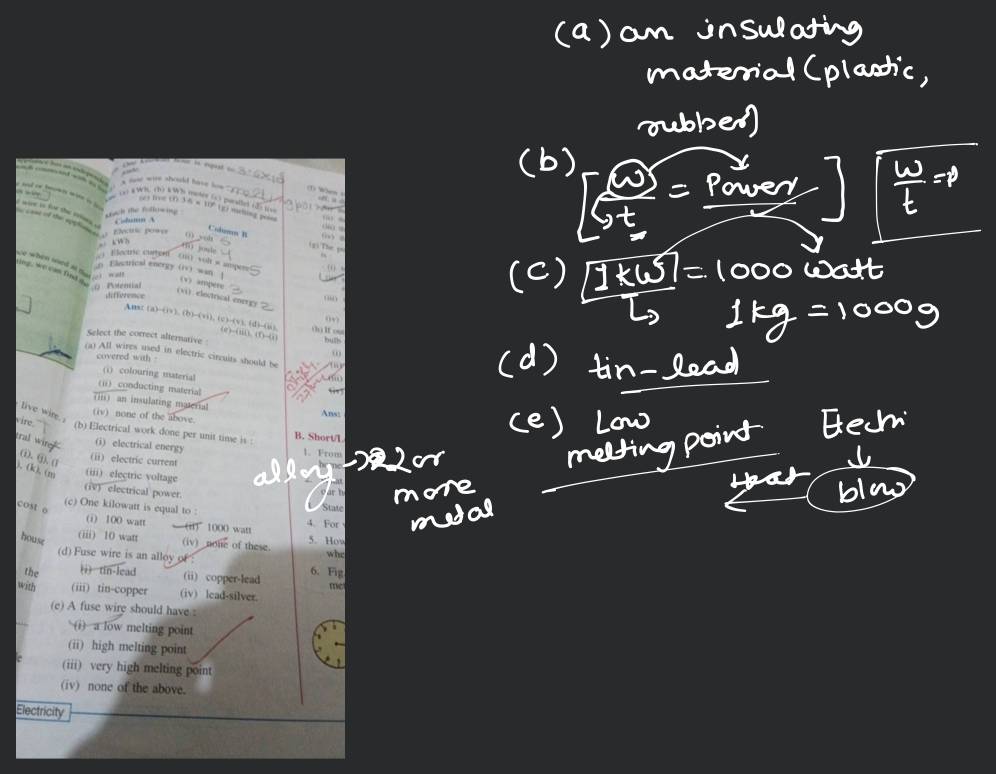Question
Easy
Solving time: 1 mins
Nucleoside is made up of:
Found 4 tutors discussing this question
Discuss this question LIVE
15 mins ago
 Text solution
Text solution Verified
Verified
Correct answer is D
Was this solution helpful?
53
Share
Report
Filo tutor solutions (2)
Learn from their 1-to-1 discussion with Filo tutors.

One destination to cover all your homework and assignment needs
Learn Practice Revision Succeed

Instant 1:1 help, 24x7
60, 000+ Expert tutors

Textbook solutions
Big idea maths, McGraw-Hill Education etc

Essay review
Get expert feedback on your essay

Schedule classes
High dosage tutoring from Dedicated 3 experts
Practice questions from Precalculus
Question 1
Easy
Views: 5,989
Or
The simple polyhydroxy ketone molecule containing carbons is a:
Practice more questions from Biomolecules
Question 1
Easy
Views: 6,194
Acid insoluble fraction does not contain -
Question 2
Easy
Views: 5,283
Practice questions on similar concepts asked by Filo students
Question 1
Views: 5,069
Question 3
Views: 5,235


Stuck on the question or explanation?
Connect with our Biology tutors online and get step by step solution of this question.
231 students are taking LIVE classes
| Question Text | Nucleoside is made up of: |
| Updated On | Mar 2, 2023 |
| Topic | Biomolecules |
| Subject | Biology |
| Class | Class 11 |
| Answer Type | Text solution:1 Video solution: 2 |
| Upvotes | 239 |
| Avg. Video Duration | 4 min |






